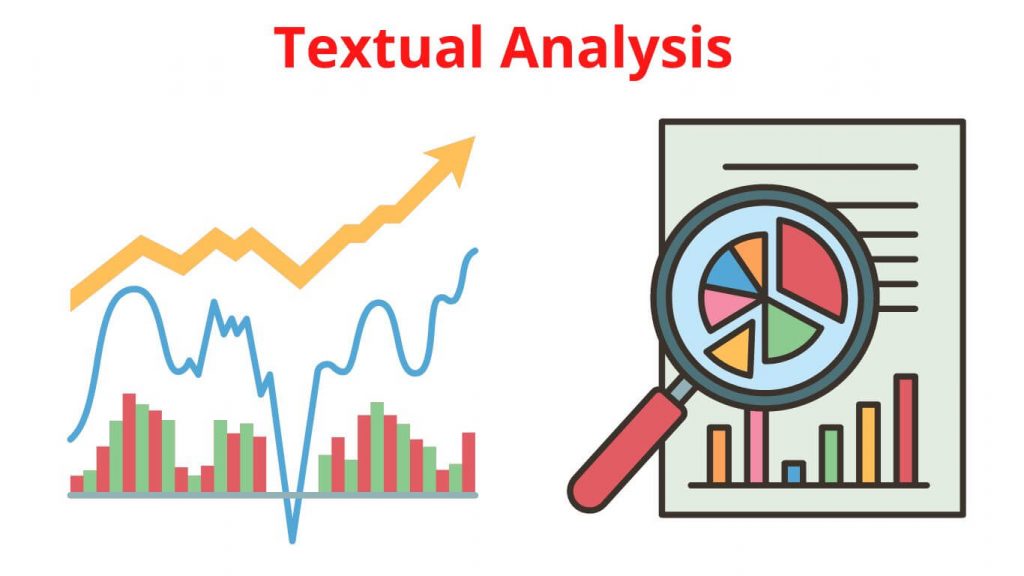Introduction: Textual analysis, a method used to decipher the nuances of language and meaning within a text, serves as a bridge connecting the surface-level content to its underlying themes and messages. It is a gateway to understanding the subtle layers of meaning, cultural nuances, and contextual significances embedded within texts, offering insights into both the author’s intentions and the audience’s perceptions.
1. Methodologies of Textual Analysis:
- Linguistic Analysis: This approach focuses on the structure, syntax, and semantics of language, exploring how these elements contribute to meaning-making.
- Semiotics: Semiotics delves into the study of signs and symbols, examining how they convey meaning within different cultural and contextual settings.
2. Context and Subtext: The Hidden Layers:
- Role of Context: Context shapes the interpretation of a text by providing the background, setting, and circumstances surrounding its creation.
- Unraveling Subtext: Subtext refers to the underlying meanings that are not explicitly stated but inferred from the text, revealing deeper layers of significance.
3. Literary Theory and Interpretation:
- Diverse Theoretical Lenses: Various literary theories, such as Marxism, feminism, and post-colonialism, offer different lenses through which to interpret texts.
- Multiplicity of Meanings: These diverse perspectives highlight the multiplicity of meanings a text can hold, emphasizing the subjective nature of interpretation.
4. The Significance of Genre and Form:
- Genre Conventions: The genre of a text influences its structure, style, and content, impacting how it is interpreted and understood.
- Form and Structure: The form and structural elements of a text contribute to its overall meaning and are integral to the analysis process.
5. Cultural Nuances and Symbolism:
- Cultural References: Texts are often embedded with cultural references and symbolism that add depth and context to the interpretation.
- Decoding Symbolism: Analyzing symbols within a text can unveil hidden meanings and connections, enriching the overall understanding of the work.
6. Applications of Textual Analysis:
- Literary Criticism: Textual analysis is foundational to literary criticism, aiding in the evaluation and interpretation of literary works.
- Media and Communication Studies: It is widely used in media and communication studies to analyze media content, audience reception, and ideological representations.
7. Digital Textual Analysis: The Role of Technology:
- Computational Tools: Advancements in technology have led to the development of computational tools and software for conducting digital textual analysis.
- Data Mining and Pattern Recognition: These tools enable the mining of large text corpora, identifying patterns, trends, and insights that inform various fields of study.
8. Challenges and Limitations:
- Subjectivity of Interpretation: The subjective nature of textual analysis means interpretations can vary, leading to differing conclusions.
- Balancing Depth and Breadth: Striking the right balance between depth and breadth of analysis is essential to ensure comprehensive yet focused insights.
9. Textual Analysis in the Digital Age:
- Online Content Analysis: The proliferation of online content has expanded the scope of textual analysis, incorporating digital media, social media, and online communications.
- Evolving Language and Meaning: The dynamic nature of language in the digital era necessitates adaptive approaches to decode evolving meanings and cultural shifts.
10. Conclusion: Textual analysis, with its multifaceted methodologies and diverse applications, remains a cornerstone in understanding the complexities of language and meaning. It enables us to delve beneath the surface of texts, uncovering the subtleties of context, subtext, and symbolism. Despite its challenges, it continues to evolve, adapting to the digital landscape and the ever-changing tapestry of language, offering profound insights into the human experience and the intricate web of meanings we weave through words.
Tags: #TextualAnalysis, #Language, #Meaning, #Linguistics, #Semiotics, #Context, #Subtext, #Interpretation, #LiteraryTheory, #ContentAnalysis

